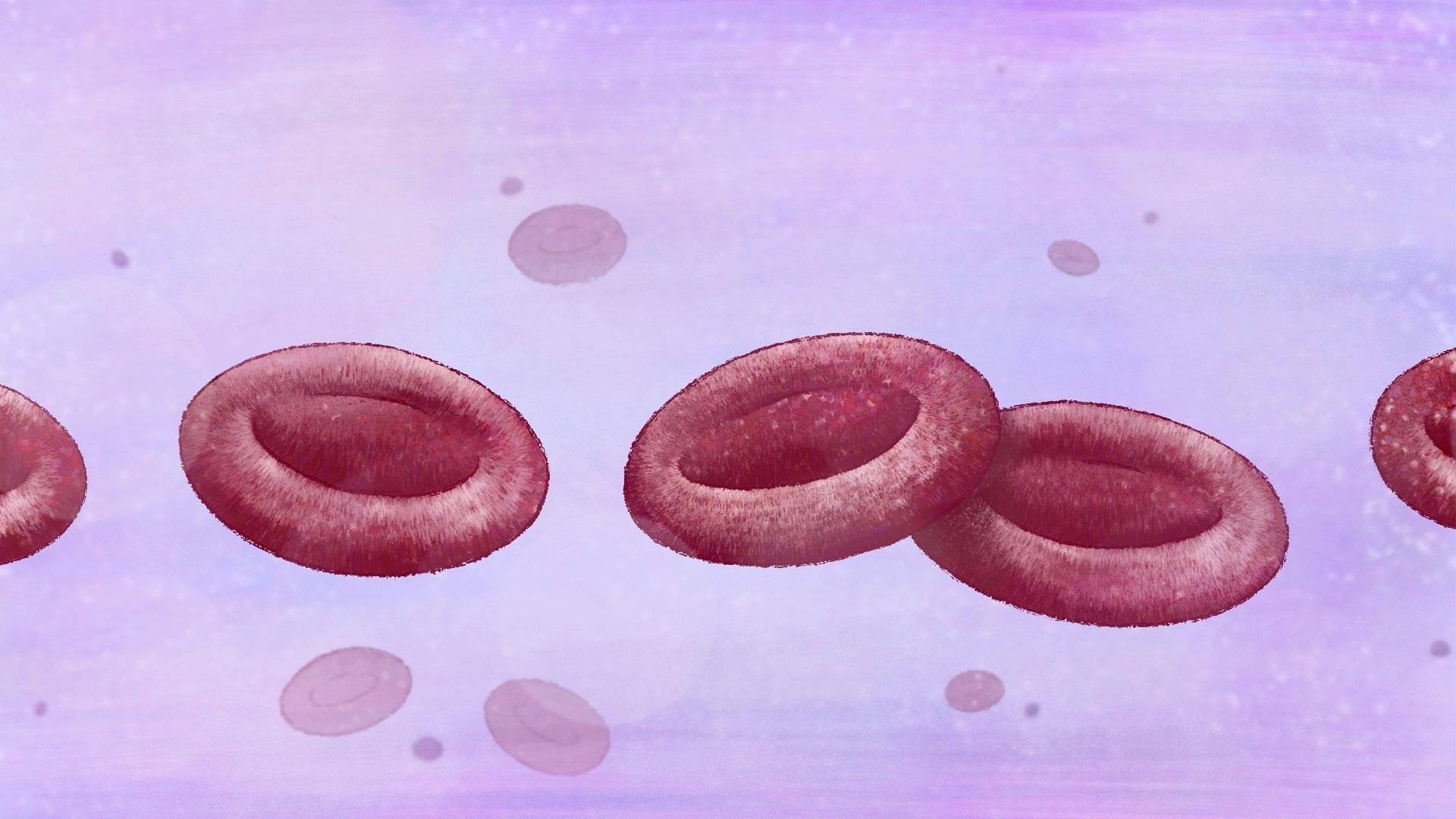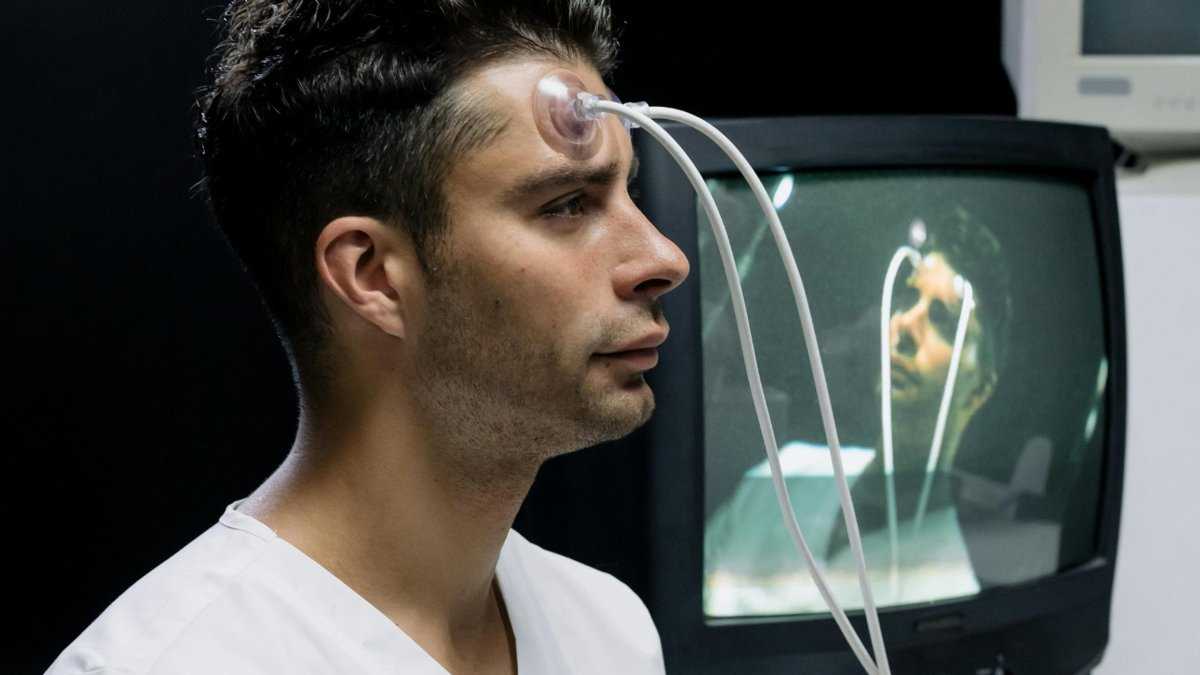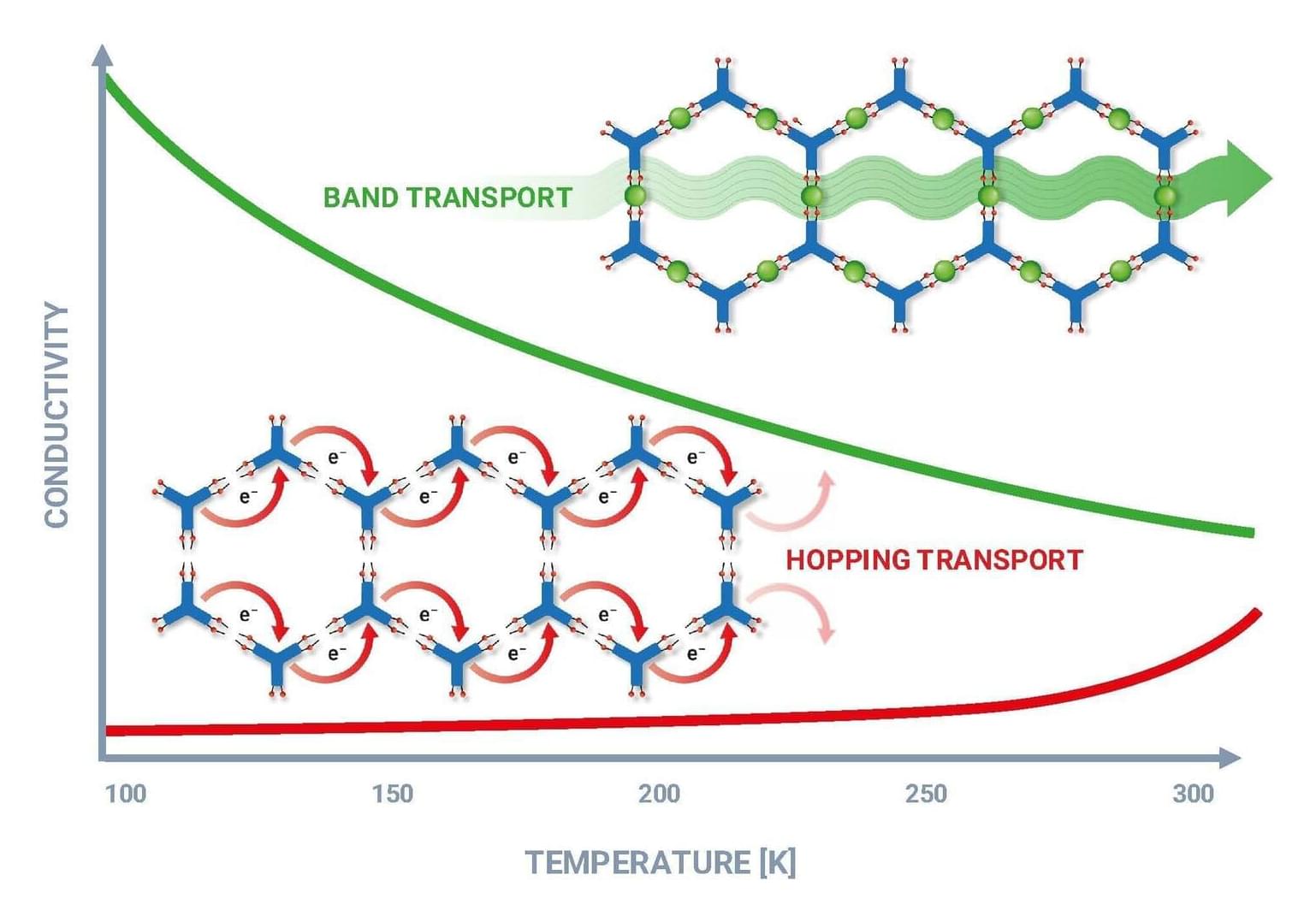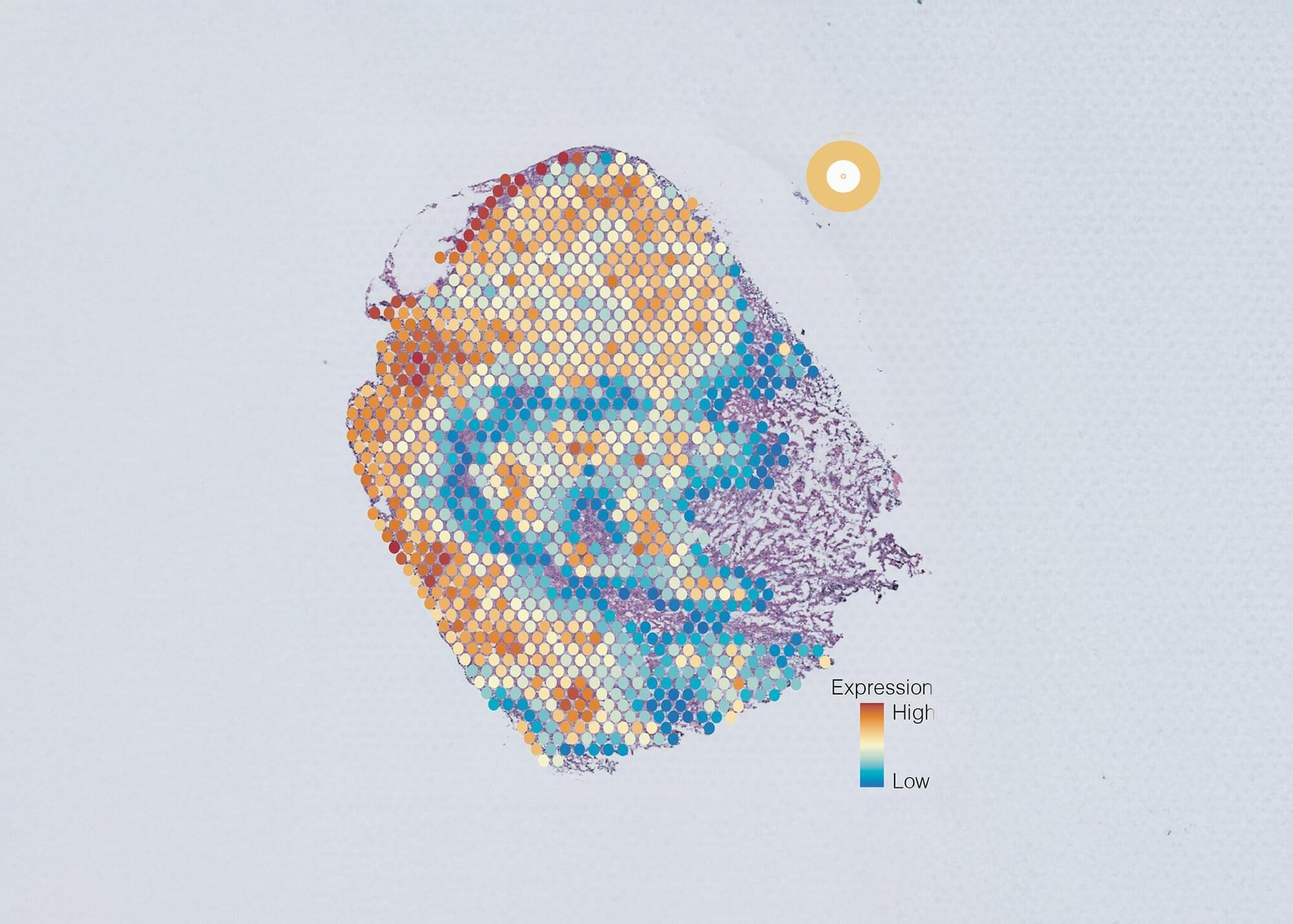Solar and wind energy are highly variable, dependent on the day, weather and location of the facilities. At times, they can generate more electricity than is needed, but they can also fall short when demand is at its peak. Unfortunately, any extra energy created by these sources is often wasted, as there are few methods that adequately store it long-term. To improve energy security in the United States, the nation requires both sources of energy and novel ways to store and distribute it.
In a new study, published in Cell Reports Sustainability, researchers from Lawrence Livermore National Laboratory (LLNL) have explored how a reactive carbon dioxide capture and conversion (RCC) process could be used to produce synthetic renewable natural gas—a chemical form of long-duration energy storage.
“Rather than sourcing carbon from below-ground, RCC enables the use of above-ground carbon as a resource,” said LLNL scientist and lead author Alvina Aui. “Synthetic renewable natural gas, when used as an energy-storage option, can reduce grid instability caused by the intermittency of energy sources like wind and solar.”









